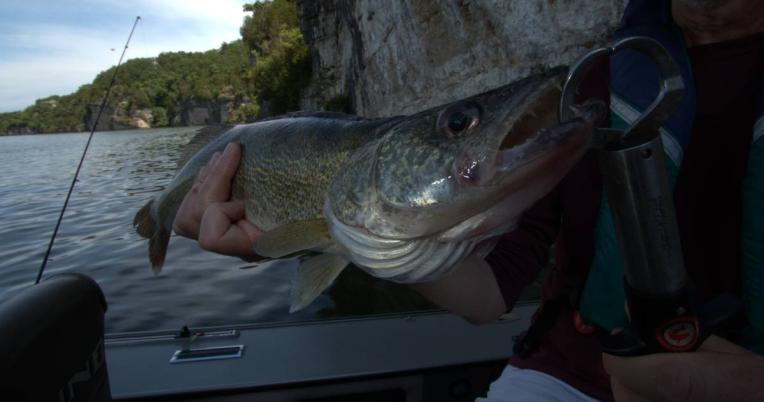The greatest alterations to the native walleye (Sander vitreus) populations occurred during the early history of management due to the construction of impoundments and the subsequent stocking from non-local sources. More recently, managers have focused management to preserve native walleye while continuing to counter the negative effects of impoundments and provide angling opportunities. Because molecular and computational techniques have become more streamlined, informative, and cost effective and because further information has emerged in the past few years regarding the genetic structure of walleye across their range, we are revisiting the conclusions and predictions from analyses conducted in the late 1990s using microsatellite makers and mitochondrial DNA.
Project Summary

